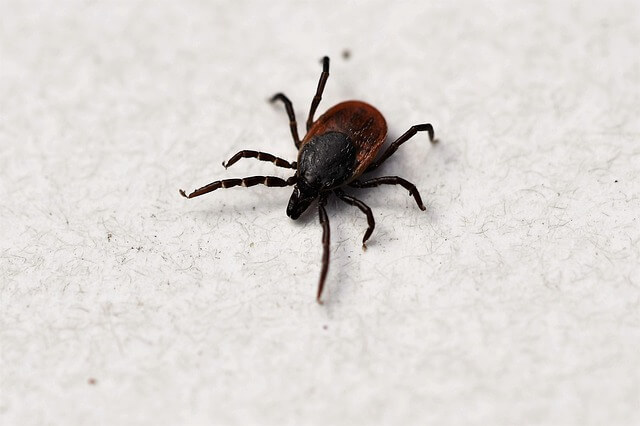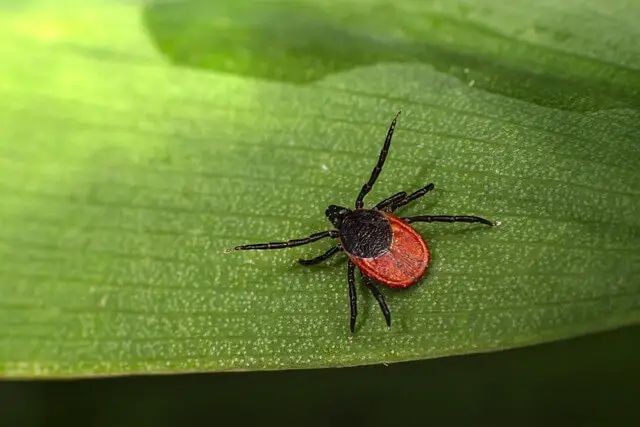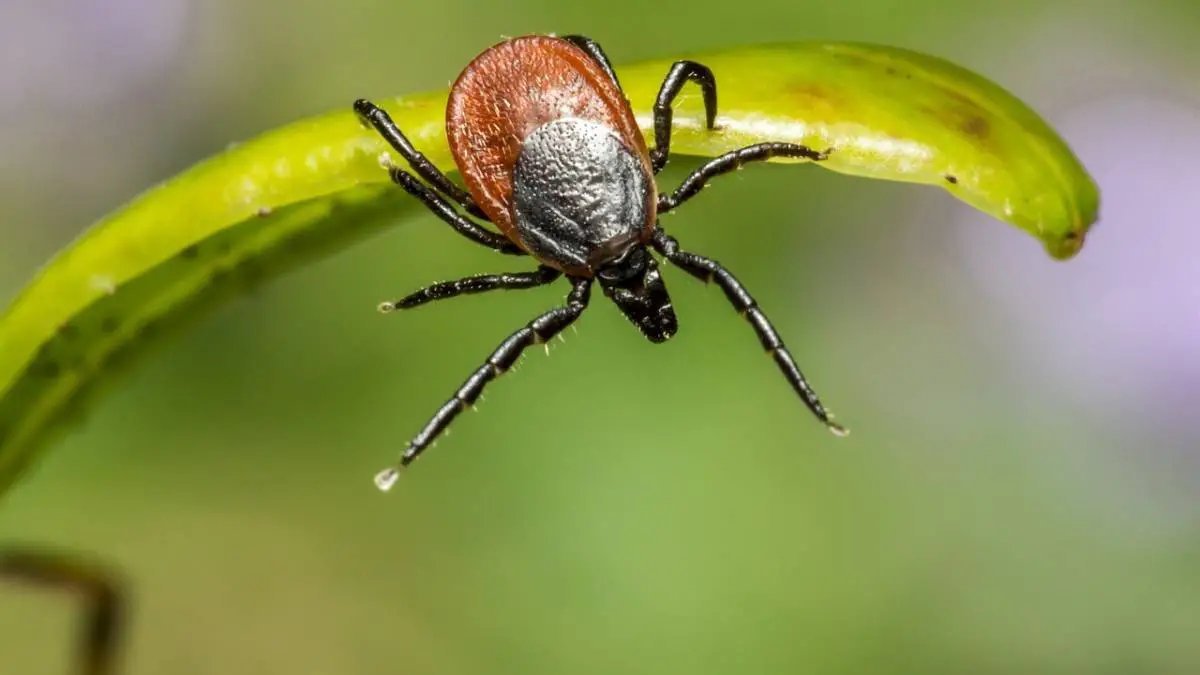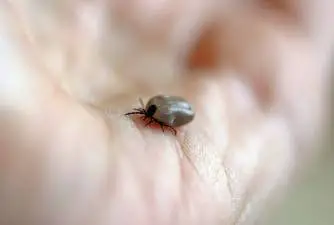How Dangerous is Anaplasmosis in Dogs?
28.03.2021.
Ticks are some of the nastiest parasites that can infect our dog with many different diseases. One of these diseases is anaplasmosis in dogs. When dog owners think about tick-borne diseases, they mostly think about Lyme disease. Still, anaplasmosis can be sneaky and dangerous. If you live in an area where ticks are common, you should learn how to spot anaplasmosis in dogs. The sooner you spot disease, the better. Here is what you need to know about types of anaplasma in dogs.
What is anaplasmosis?
Anaplasmosis in dogs is a disease carried and transmitted through tick bites. It is also called dog fever and dog tick fever. This disease has two most common forms; Anaplasma phagocytophilum (carried by the deer tick) and Anaplasma platys (carried by the brown dog tick).
Ticks carrying this disease can be found all over the United States and Canada. Of course, ticks need warmer climates, so cold winters and the far north makes it impossible for them to survive. However, anaplasmosis-carrying ticks can be found in Gulf states, upper Midwest, North-East, Southwest regions, Mid-Atlantic, California, and Great Lakes states.
Anaplasma phagocytophilum is the most common type of this disease, and it will affect the dog’s white blood cells. Anaplasma platys is rarer, and it will affect the dog’s platelets (blood-clotting cells).

How dangerous is anaplasmosis?
Luckily, dogs that get infected with anaplasmosis have an excellent prognosis. This tick-borne disease can be discomforting, but after the treatment starts, symptoms usually rapidly improve. Dogs start feeling better 24 - 48 hours after the treatment began, and they recover completely within 2 - 4 weeks.
The biggest threat comes from co-infection. Ticks that carry anaplasmosis can carry Lyme disease, which is a lot more dangerous. Both are tick-borne diseases and are often found in the same tick species and in the same region.
What are the symptoms of anaplasmosis in dogs?
The best thing all dog owners can do is learn to spot symptoms of anaplasmosis in dogs. The general rule is - the sooner a disease is uncovered, the better the prognosis. If you live in an area full of ticks, you should learn what the symptoms of anaplasmosis are. It is a good idea to learn a bit more about Lyme disease as well.. Check out this article for more information about that disease - Lyme disease in dogs. The most common symptoms of anaplasma in dogs are;
- Lethargy
- Loss of appetite
- Fever
- Coughing
- Breathing issues
- Joint pain and lameness
- Malaise
- Diarrhea
- Seizures
- Vomiting
- Ataxia

How is it diagnosed?
The most significant issue when it comes to anaplasmosis is that it is often confused with Lyme disease. Vets can have trouble distinguishing between the two, especially since widespread joint inflammation is the dominant symptom in both cases. Luckily, vets and scientists developed special tests to tell you if there are active antibodies present in your dog’s system. The tests vets use to diagnose anaplasmosis in dogs are;
- ELISA (enzyme-linked immunosorbent assay)
- IFS (indirect fluorescent antibody)
- PCR (polymerase chain reaction)
How is anaplasmosis treated?
After the vet has successfully diagnosed anaplasmosis in your dog, they will decide the best course of treatment. The common practice is to prescribe antibiotics that target tick-borne diseases. Vets will most likely prescribe your dog doxycycline. If you want to know more about this medication, check out this article - Doxycycline for Dogs.
The treatment is pretty effective. Your dog will start to show significant signs of improvement 24 - 48 hours after the therapy started. However, you must finish the dog’s treatment. Dogs might recover and recuperate, but they can still be infected with anaplasmosis 2 - 4 weeks after the initial infection. Make sure you don’t cut the treatment short. It would be best to stick to your vet’s advice.

Can I get infected?
Humans can get infected with anaplasmosis the same way a dog can - from a tick bite. The chances of getting this disease directly from your dog are slim. However, you should prevent ticks from biting your dog. If you fail to do so, there is a chance your dog can carry the tick inside your home. That way, your whole family can get infected if the tick bites them. Make sure you check out the best ways to prevent ticks and other parasites from infecting your dog. Check out this article for more info - Flea and tick treatment for dogs.
How to control ticks in your environment?
Preventing anaplasmosis is possible, and the way to do it is to keep your dog safe from tick bites. The best way to do that is to keep your dog safe with different tick and flea preventives. Keep a clean backyard, trimming the grass and bushes around your home, and using a tick shampoo. Various products can prevent ticks from coming to your backyard; things like tick sprays and granules will do a great job. However, be careful how you use them because they can be toxic to humans, fishes, and the environment.
World Dog Finder team







Share